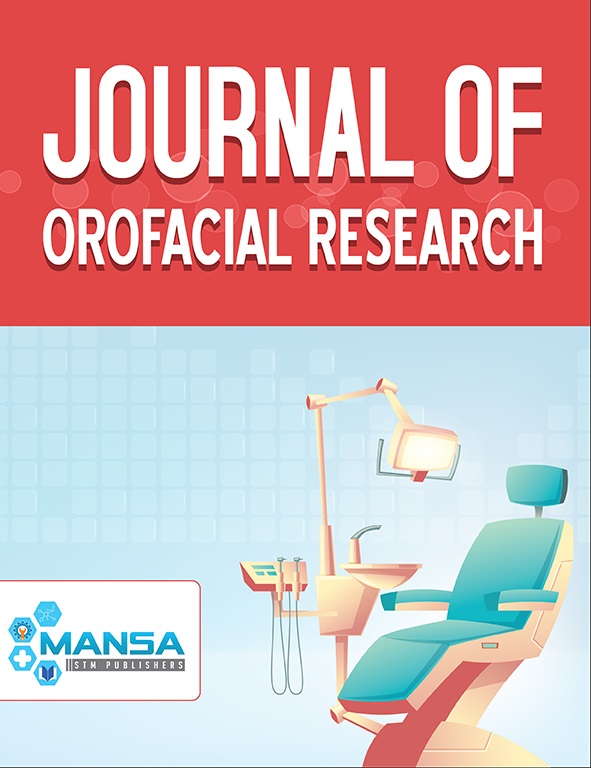Comparison of Tensile Bond Strength of Elastomeric Impression Material to Different Tray Materials in Different Surface Conditions: An in vitro Study
Keywords:
Tensile bond strength, Elastomeric impression material, Custom tray materials.Abstract
Optimum bond between elastomeric material and custom tray decides accuracy and success of any prosthesis. Specimens of specific dimensions were made of DPI pink acrylic and MP SAI green tray acrylic resin and subjected to different surface treatments, namely sand papering, sandblasting and grooving; whereas control kept smooth. The 3M VPS adhesive was then applied, allowed to dry and 3M ESPE ExpressTM material then manipulated and allowed to set. All the study specimens were evaluated on Instron tensile testing machine for bond strength of tray adhesive between (i) elastomeric and different custom tray materials; and (ii) elastomeric and different surface conditions of trays. The sandpapered specimens of DPI acrylic resin were analyzed using ANOVA, one way classification Snedector’s ‘F’ test Newman- Keul test and showed least strength in the range 5.84 to 6.06 kg/cm2 and sandblasted MP SAI resin specimens showed highest strength in the range 7 to 7.72 kg/cm2. Also grooved group showed increase in strength compared to control in both materials tested. It was concluded that sandblasting is the best acceptable method and sandpapering should be avoided.

